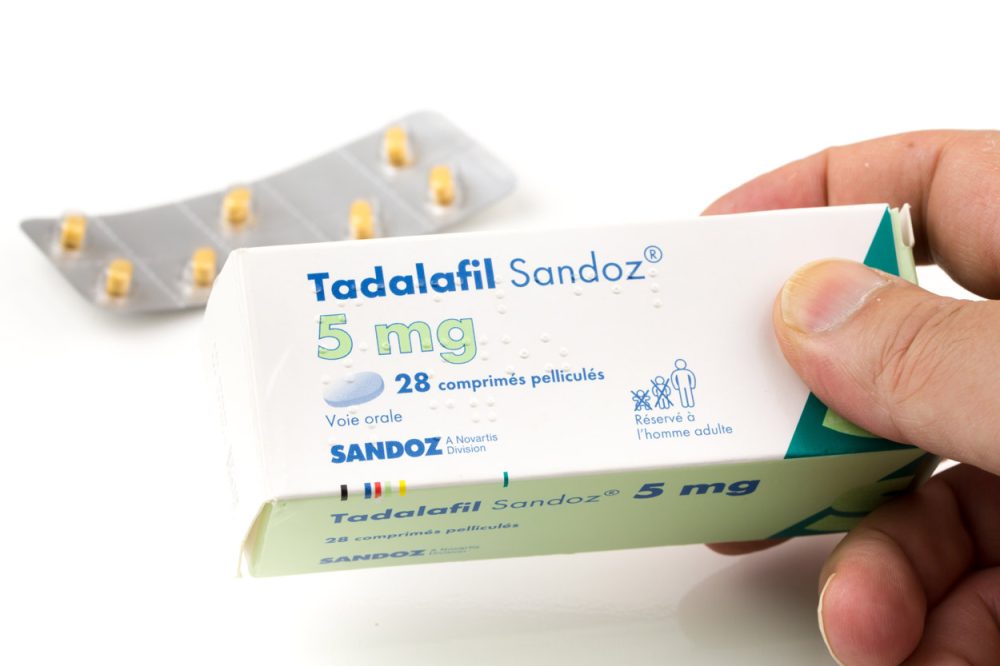Advertisment
Tadalafil shows potential as a diabetes treatment

In a small feasibility study, subjects with type 2 diabetes achieved significant improvement in long-term blood sugar levels following treatment with high-dose tadalafil, an erectile dysfunction drug.
Tadalafil is a PDE5 (phosphodiesterase type 5) inhibitor, a class of drugs that includes Viagra.
The findings appeared on May 4, 2023 in eClinicalMedicine.
The investigators enrolled 18 subjects, 12 men and 6 postmenopausal women in a randomized, double-blind placebo-controlled study. The subjects had been diagnosed with type 2 diabetes for between 3 months and 10 years.
They were randomized to a high daily dose (20 mg) of tadalafil or a placebo for six weeks. Then, following an eight-week break, they received the other option for six weeks.
The primary endpoint was change in insulin sensitivity. The investigators saw no significant difference between tadalafil and placebo with regard to insulin sensitivity. However, tadalafil decreased glycaemia measured as HbA1c by a significant mean difference of −2.50 mmol (p = 0.005).
“That’s a very distinct improvement in the long-term sugar levels, which we couldn’t have dreamed of after only six weeks of supplementary treatment in patients with well-controlled type 2 diabetes. This improvement in blood sugar is on par with what we’ve seen with new drug candidates that are now the fourth treatment option for type 2 diabetes,” said lead investigator Per-Anders Jansson, professor at Sahlgrenska Academy, University of Gothenburg in Sweden.
The authors concluded, “High-dose tadalafil does not decrease whole-body insulin resistance, but increases microcirculation, induces positive effects in the liver and in intermediate metabolites, in parallel with an improved metabolic control measured as HbA1c. High-dose tadalafil is moderately well tolerated, warranting larger trials to define the optimal treatment regimen in T2D [type 2 diabetes].
Jansson added, “Self-medication with PDE5 inhibitors must never take place because, at worst, it can be life-threatening in combination with certain other drugs. These medicines are available on prescription only, and must always be prescribed by the attending physician.”





